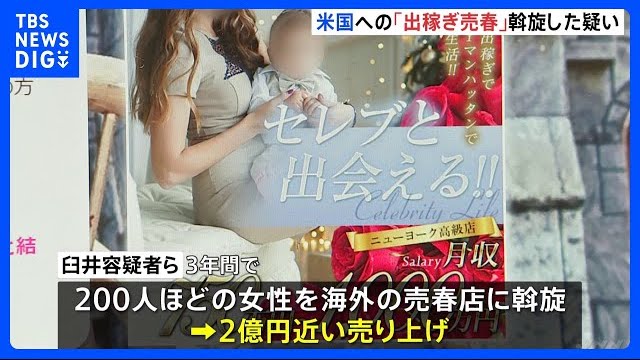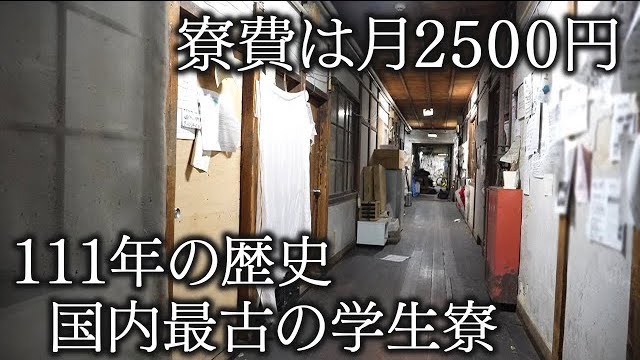Fifty-three-year-old Kenji Yamase doesn’t fit the traditional image of a hikikomori, but then perceptions of Japan’s social recluses are changing.
“People think of hikikomori as being lazy young people with personality problems who stay in their rooms all the time playing video games,†says Yamase, who lives with his 87-year-old mother and has been a recluse on and off for the past 30 years.
“But the reality is that most hikikomori are people who can’t get back into society after straying off the path at some point,†he says. “They have been forced into withdrawal. It isn’t that they’re shutting themselves away — it’s more like they’re being forced to shut themselves away.â€
A hikikomori is defined by the Health, Labor and Welfare Ministry as someone who has remained isolated at home for at least six consecutive months without going to school or work, and rarely interacts with people from outside their own immediate family.
The term was coined by psychiatrist Tamaki Saito in the late 1990s to describe young people who had withdrawn from society, and a series of violent incidents involving social recluses soon after helped shape the public’s image of them as dangerous sociopaths.
In January 2000, a loner in Niigata Prefecture was arrested after it was discovered that he had kidnapped a 9-year-old girl and kept her hostage in his room for more than nine years.
Four months later, a 17-year-old from Saga Prefecture hijacked a bus, killing one passenger with a kitchen knife and injuring another two.
In recent years, however, a different picture has emerged.
In December 2018, the Cabinet Office undertook a first-ever survey of people aged between 40 and 64, and the results, published in March, revealed that around 613,000 people of that age group in Japan are believed to be hikikomori. That surpasses the estimated 541,000 people aged between 15 and 39 that a 2015 Cabinet Office survey found to be hikikomori.
The latest survey showed that 76.6 percent of recluses between the ages of 40 and 64 are men.
A total of 46.7 percent of the hikikomori surveyed said they had lived that way for at least seven years, and 34.1 percent of cases said they relied on their parents for financial support.
Welfare Minister Takumi Nemoto described middle-aged hikikomori as “a new phenomenon,†but experts argue that the survey results are merely bringing to light something that has been present for some time.










